The 2021 cohort of part-time master's graduate design exhibition was recently held at the Yuan Bai Building A1 Art Gallery, Zhuhai Campus of Beijing Normal University.
Exhibition Introduction
The concept of "robot" itself contains a mythical symbolism, and implies that culture will eventually not oppose technology, but merge with it. The entire ecosystem constructed by technological development is stepping out of the shadow of anthropocentrism, and generating an indirect, dynamic landscape between humans and the world. AI has become the core of this technological landscape. It no longer merely replicates objects by reproducing images, but by replicating logic, replicating digital twins, it constructs an externalized, self-evolving subject. This heralds a new era of art and technology, where silicon-based life and carbon-based life grow together, and culture emerges from the dialogue between them, manifesting in entirely new forms.
The first graduating class of Beijing Normal University School of Future Design is about to step out of the school gate, and their interdisciplinary backgrounds will bestow them with open perspectives and unbridled imagination. Their creations reflect the unique consciousness and cultural production modes of this era. This exhibition showcases the graduates' works across three pedagogical directions, divided into four sections for the audience: Gene splicing from the design direction, interactive innovation from the educational direction, as well as simulated ecology and dual-base growth from the art and technology direction.
Design and Future Production, Lifestyle Direction
Gene Splicing
The dual-base ecology continues to be a deep extension of the industrialization process of society. In the mix of technology and culture, the universality and rootlessness of technology permeate the uniqueness and continuity of culture, and different cultural genes combine on the basis of technology and commerce.
Yang Heng's "North Bund No Boundaries" merges the consumerist Disney scenes with the elegant landscapes of the North Bund into a new vista; Wang Yifei's "Plants as Colours — The Application Design of Natural Plant Dyes" carves out an independent value space for traditional, sustainable principles advocated by naturalism in a highly industrialized setting; Zeng Nianci's animated video "What a Wonderful World" presents natural landscapes in a refreshing and moving cartoon style, uniting light brushstrokes and digital imaging technology in a uniform and warm electronic image; Lu Yumin's "Juci and Kintsugi" attempts to use collage techniques to splice the eternal traditional aesthetics with the ephemeral symbols of consumer society together. Through a series of works, they attempt to stitch together naturalistic aesthetics with technological styles.
Graduation Works Display
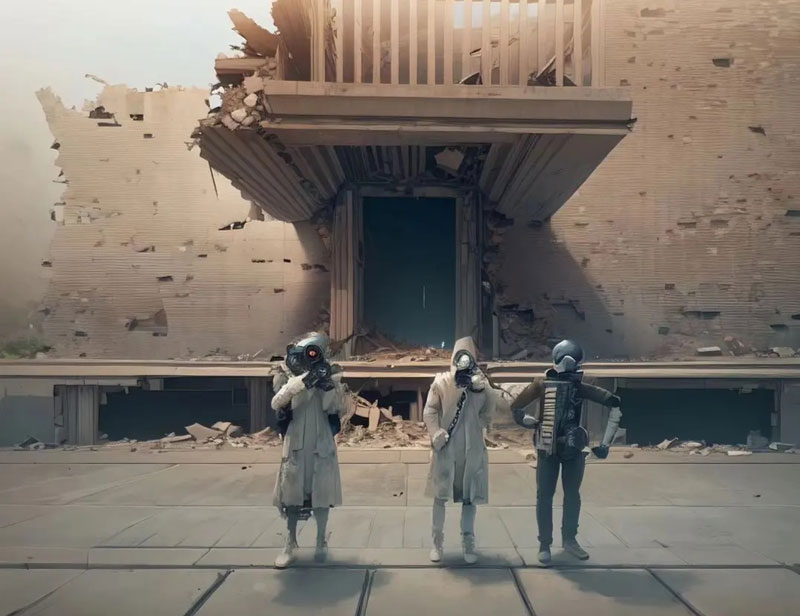
Work Title: "North Bund No Boundaries"
Author: Yang Heng
Supervisors: Wang Min, Zhan Zhenyu
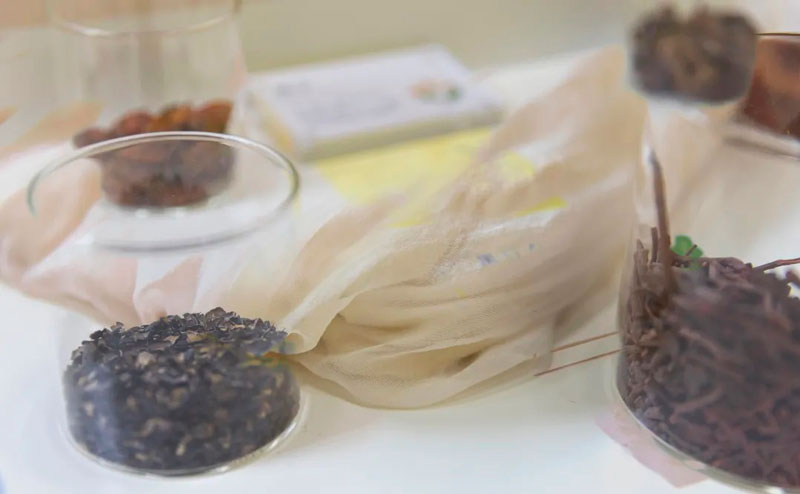
Work Title: Plants as Colours — The Application Design of Natural Plant Dyes
Author: Wang Yifei
Supervisors: Li Jiesheng, Christoph Stahl

Work Title: What A Wonderful World
Author: Zeng Nianci
Supervisors: Zhang Zhijun, Zhang Shiyang
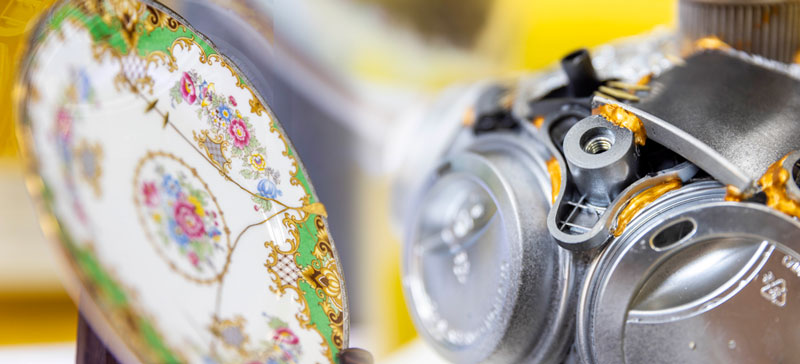
Work Title:Juci and Kintsugi
Author: Lu Yumin
Supervisors: Gong Jiawei, Liu Yaming
Art and Technology Direction
Simulated Ecology
Jean Baudrillard used the concepts of "Simulacra" and "Simulation" to describe the complex relationship between reality and appearances, and the real and the symbolic in modern society. He argued that in postmodern society, simulacra and simulation have replaced reality, becoming the primary ways in which humans perceive and understand the world. In a world continuously operated by the internet, AI technology has spurred a surge in digital twins, virtual idols, intelligent robots, and intelligent software like Sora. Images are continuously activated, subjects are continually replicated, and the increasingly intelligent environment is gradually forming an independently autonomous operational system, accelerating the arrival of the ultimate scenario predicted by Baudrillard.
AI allows the technological landscape to display its unique dynamic interactivity. Yang Jian's "Illusory Realm" flaunts the cool aesthetic unique to electroluminescent technology; Yang Zhongling's "Conceptual Exploration of Future Urban Aviation" presents a panoramic technological view of an autonomously operating world; Qiu Yukui's "Disassociated Space" proposes a decentralized, mobile lifestyle and environment; Ning Keke's "Rut: Car Big Data Sharing Service Platform Interface Design" reveals how silicon-based life penetrates human life through data tracking; Zhou Yangmengliu creates a game version of a collage through time and space in "From the Peony Pavilion: The Turning of Faces"; Chen Fang's "Emotional Interaction Design of Virtual Digital Person Xiao An" continues to push forward close interactions between humans and machines. These works foreshadow the appearance of a world of simulacra and simulation from both technological and humanistic perspectives.
Graduation Works Display
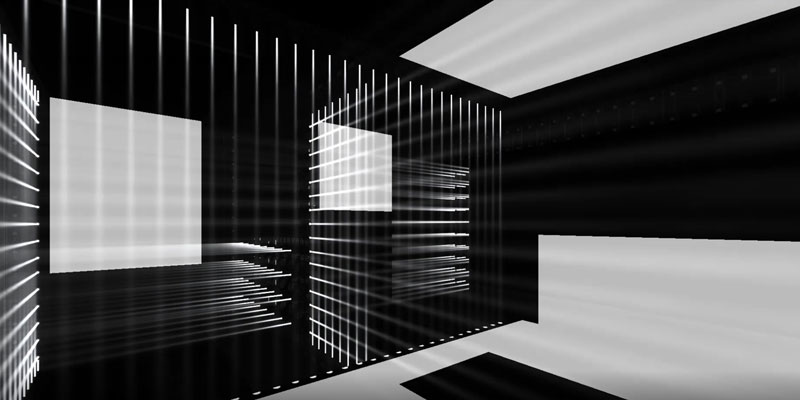
Project Title: Illusory Realm
Author: Yang Jian
Supervisors: Gao Peng, He Tianjiao
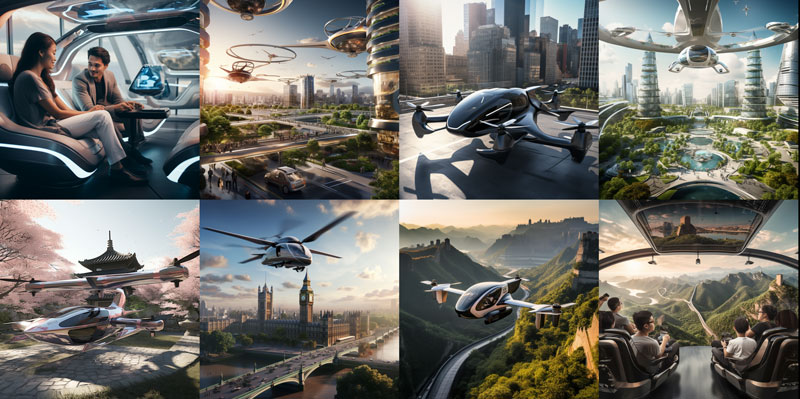
Project Title: Conceptual Exploration of Future Urban Aviation
Author: Yang Zhongling
Supervisors: Ye Jintian, Liu An
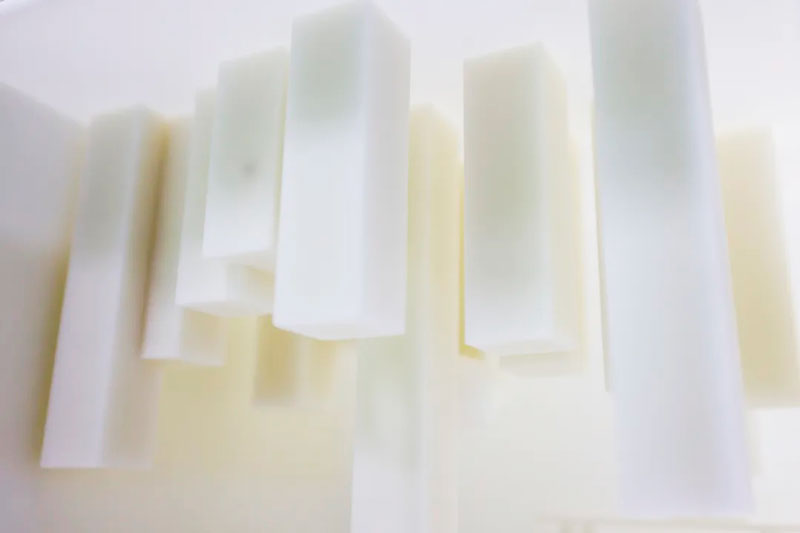
Project Title: Disassociated Space
Author: Qiu Yukui
Supervisors: Tan Ping, Gong Shuai
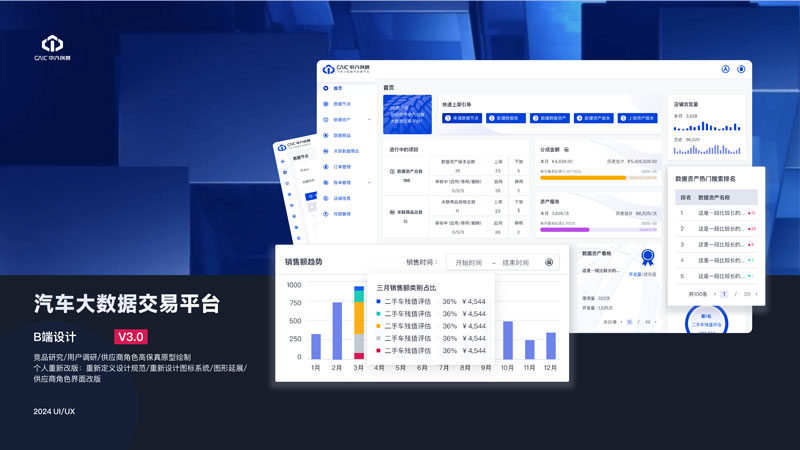
Project Title: Rut: Car Big Data Sharing Service Platform InterfaceDesign
Author: Ning Keke
Supervisors: Gong Jiawei, Liu Yaming
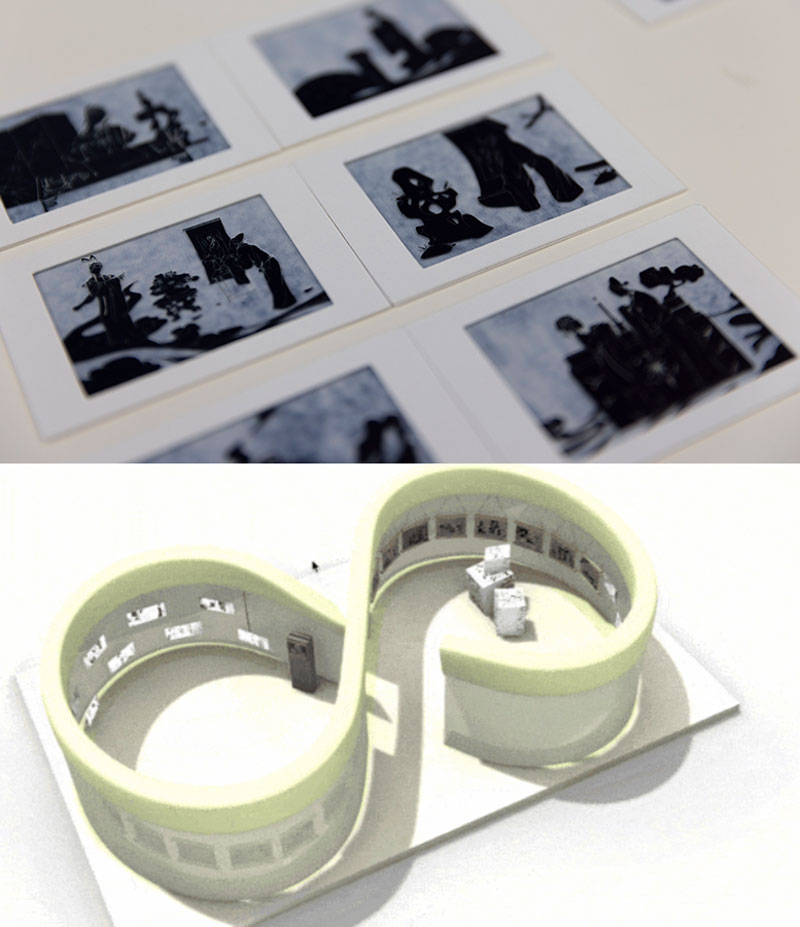
Project Title: From The Peony Pavilion: The Turning of Faces
Author: Zhou Yangmengliu
Supervisors: Gao Peng, Xu Tengfei
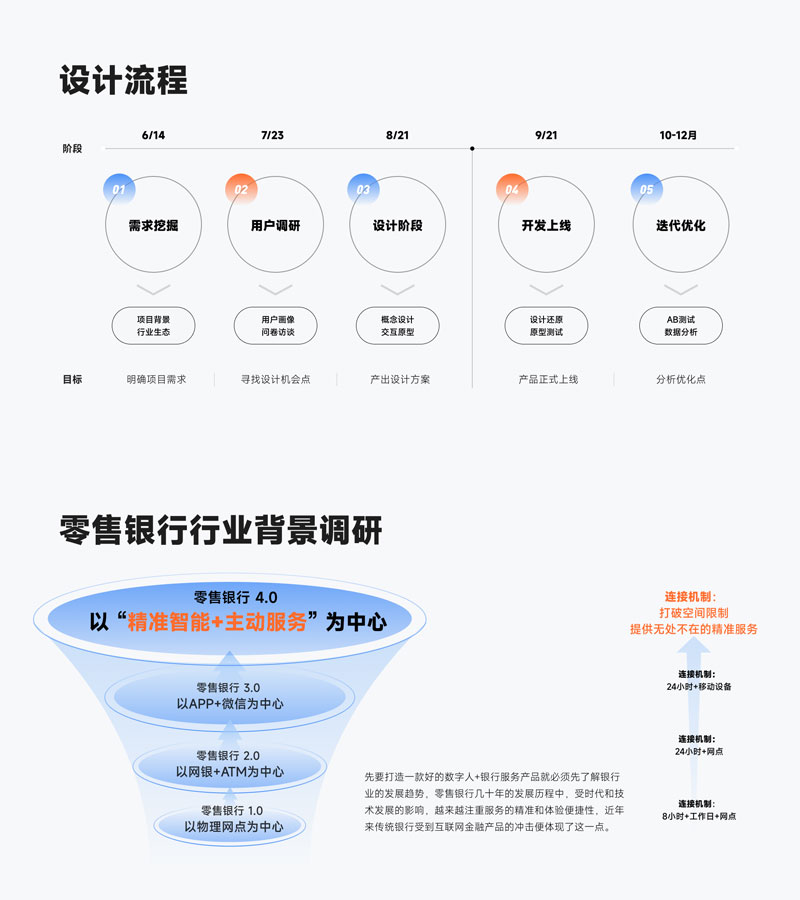
Work Title: Emotional Interaction Design of Virtual Digital Person Xiao An
Author: Chen Fang
Supervisors: Wang Min、Zhan Zhenyu
Art and Technology Direction 2: Dual-base Growth
Silicon-based life and carbon-based life evolve concurrently. Machines grow into intelligent entities by gathering information and replicating thoughts, while carbon-based life languishes in self-pity amidst traditional fragments. The issue may be unsolvable; perhaps silicon-based life represents the 'barbarians' in Cavafy's poem, destined to end the human predicament from which we cannot escape.
In Zhang Yi's “Blindsight,” viewers are led through the world of the blind in first-person via VR glasses. The work downplays visual elements to focus on the sophisticated technique of inducing intuitive navigation through technology in a virtual setting, highlighting the underlying chaos and unconscious decision-making in human-machine interactions. Jiang Weiqi's “Building Noise” suggests the slow accrual of information and materials by the machine world. Yang Zhengqi's “Bait” delves into female identity and the body. Liu Kexin seeks a remedy for appearance anxiety in “Trapped in the Mirror”. Gao Guangli revisits traditional female body confidence in “The Dance of Dragon Charm”; and Nie Yu uses “Human Arena” to construct a spatial energy field. The distinct fortunes of dual-based growth speak volumes here.
Graduation Works Display
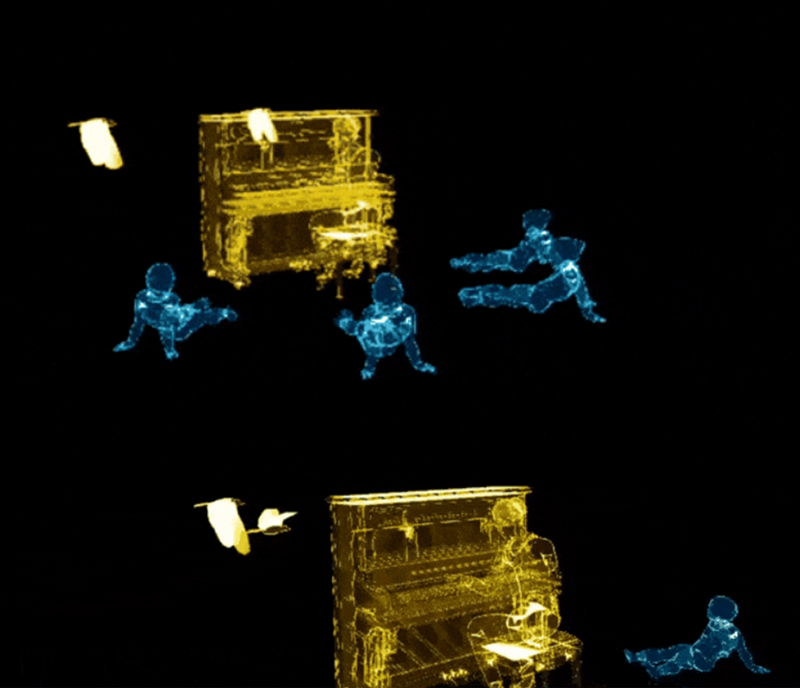
Work Title: “Blindsight”
Author: Zhang Yi
Supervisors: Su Lei
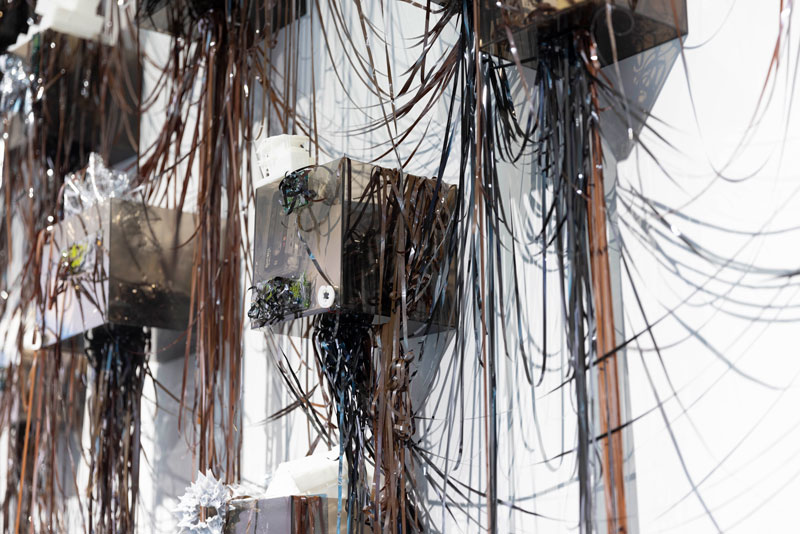
Work Title: “Building Noise”
Author: Jiang Weiqi
Supervisors: Tony Brown, Wang Xituo
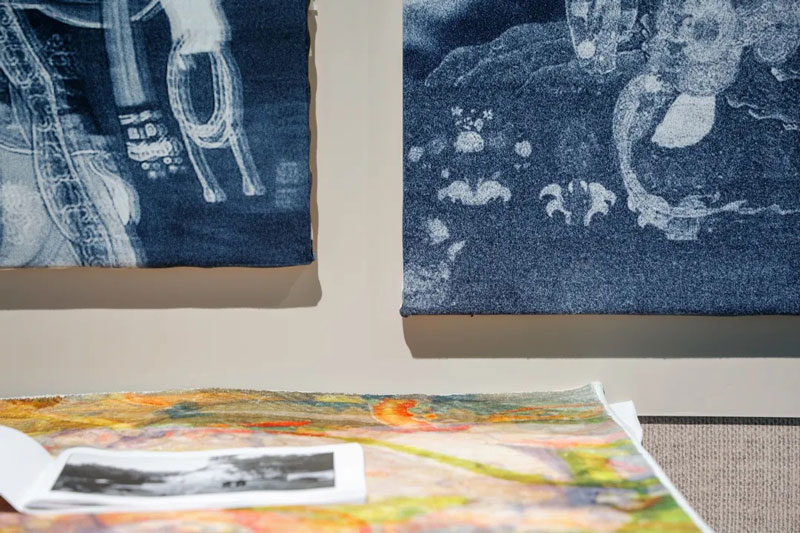
Work Title: “Human Arena”
Author: Nie Yu
Supervisors: Tony Brown, Wang Xituo
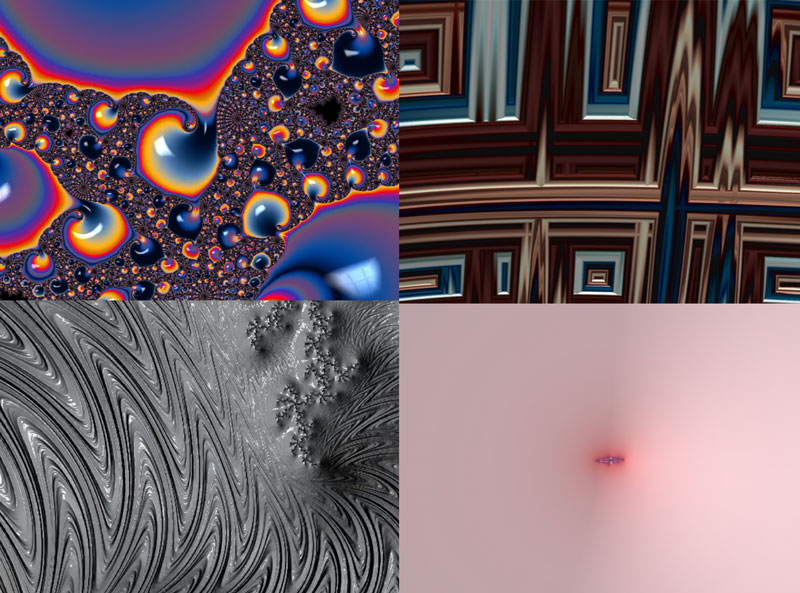
Work Title: “Trapped in the Mirror”
Author: Liu Kexin
Supervisors: Tan Ping, Gong Shuai
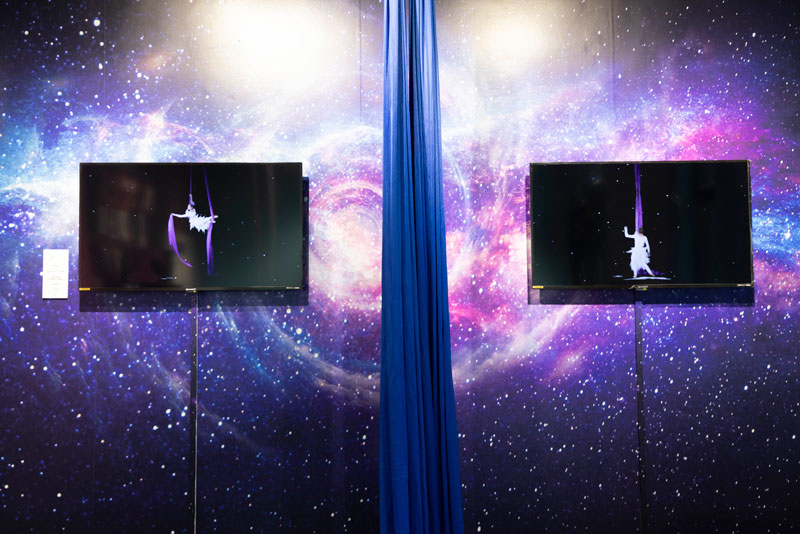
Work Title: “The Dance of Dragon Charm”
Author: Gao Guangli
Supervisors: Gong Jiawei, Liu Yaming
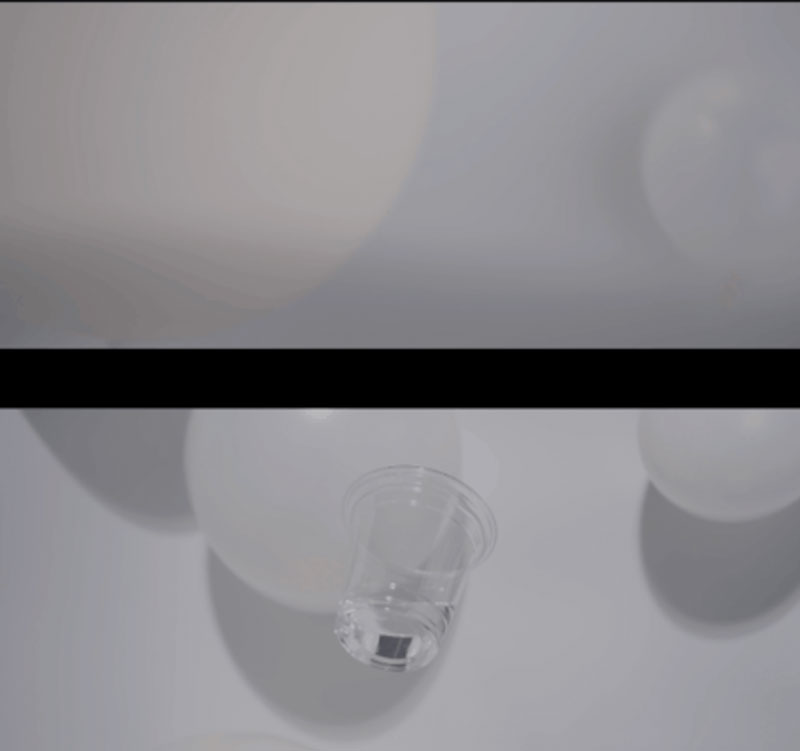
Work Title: “Bait”
Author: Yang Zhengqi
Supervisors: Su Lei
Design and Educational Direction: Interactive Education
AI technology has fostered an environment for the concurrent growth of silicon-based and carbon-based life, underscoring the importance of interaction. Gamified interaction models are extensively permeating various aspects of life. In communications between humans, or between humans and machines, and across both active and passive interactions, culture serves as a resilient mediator. This recalls Kant's discussions on "extensive subjectivity," where he emphasized actively shaping experiences in one’s own manner; similarly, Bergson championed the fundamental collision between science and art to awaken the vital impulse and ignite creativity, fostering individual growth. Today, art education and activities led by museums are becoming vital tools in cultural construction, enhancing the interaction between art and local culture through gamified approaches and stimulating inherent creativity to propel cultural development.
Tang Su's "Community Museums: Everyday and Reflective" uses gamification to focus on the display of the community museum movement at different times and places globally, presenting a comprehensive panorama of its development. Miao Qing, in "Conceptual Renovation of Children's Recreation Public Space in the Third District of Hengling Village, Longhua District, Shenzhen," organizes functions and behavior scenarios based on the local environment, creating a physical space that fosters embodied cognition. Wang Haochen's "Between Folded Paper: Visions of Nonexistence" perfectly matches origami, art, mathematics, and cognitive psychology, stimulating speculative creativity through the construction of space, geometry, and aesthetic relationships. Li Ziling's "K-12 Makerspace Interior Design Strategy" further enhances the interactive relationship between space and psychological experience. Wang Yiwen created the gamified picture book "Lili’s Dream," enhancing children's acuity and fostering a connection with nature through various interactive forms. You Jiayi, in "Artistic Beginnings of Innovation," allows children to directly experience the relationships among language, materials, and the body through the ancient technique of hand-molded clay. These practices show that public education in culture is moving towards interaction-rich, inspirational innovations.
Graduation Works Display
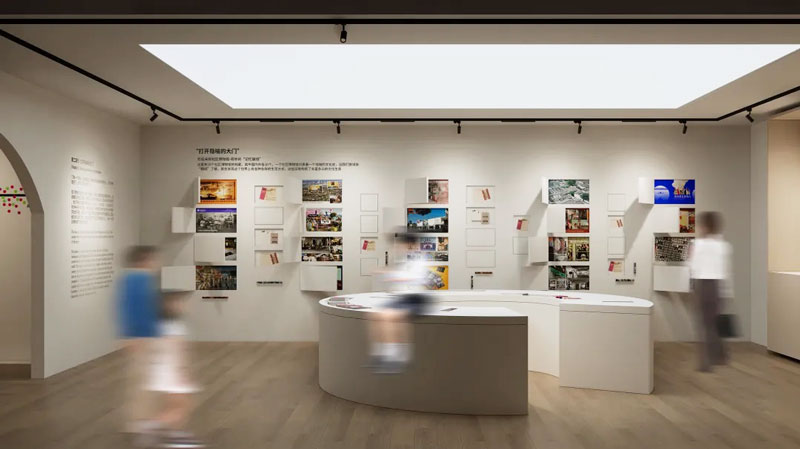
Work Title: "Community Museums: Everyday and Reflective"
Author: Tang Su
Supervisors: Xu Ping, Wang Xinyue
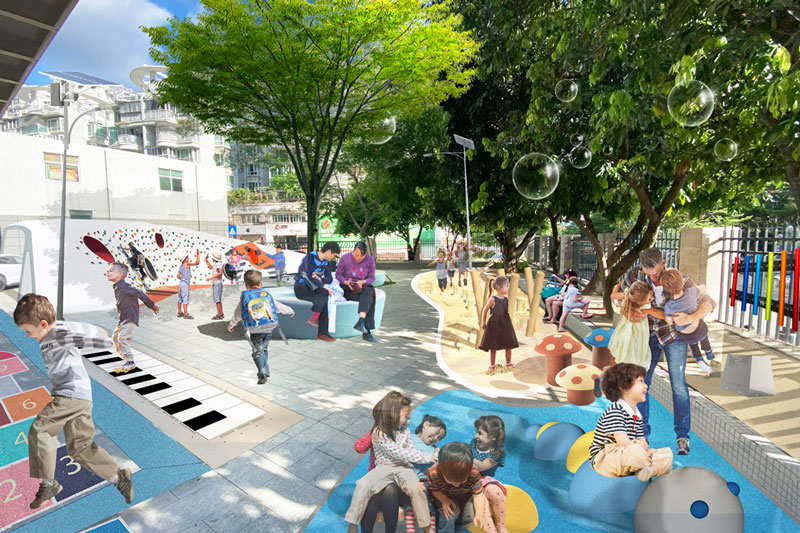
Work Title: "Conceptual Renovation of Children's Recreation Public Space in the Third District of Hengling Village, Longhua District, Shenzhen,"
Author: Miao Qing
Supervisors: Gao Peng, Zhao Qi
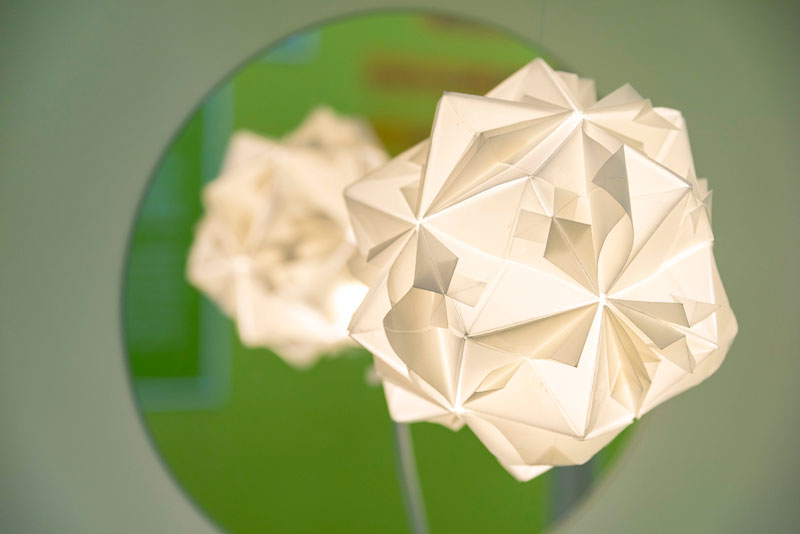
Work Title: "Between Folded Paper: Visions of Nonexistence"
Author: Wang Haochen
Supervisors: Xu Ping, Wang Xinyue
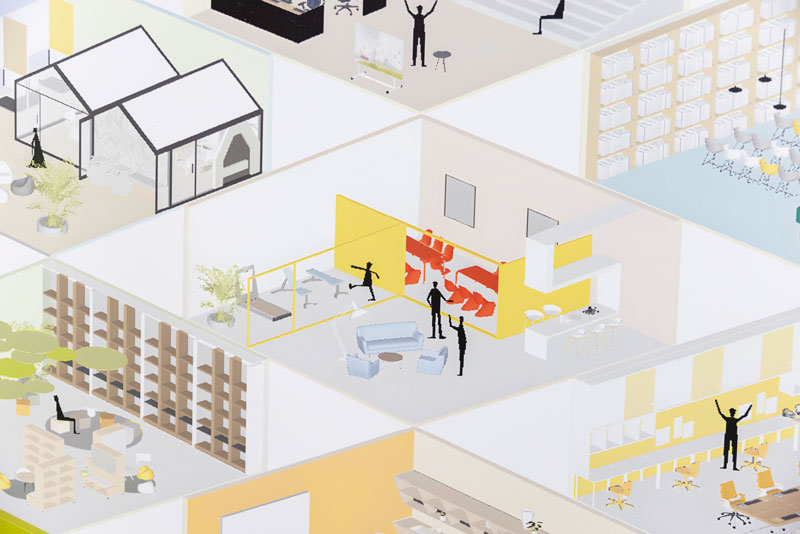
Work Title: "K-12 Makerspace Interior Design Strategy"
Author: Li Ziling
Supervisors: Xu Ping, Wang Xinyue
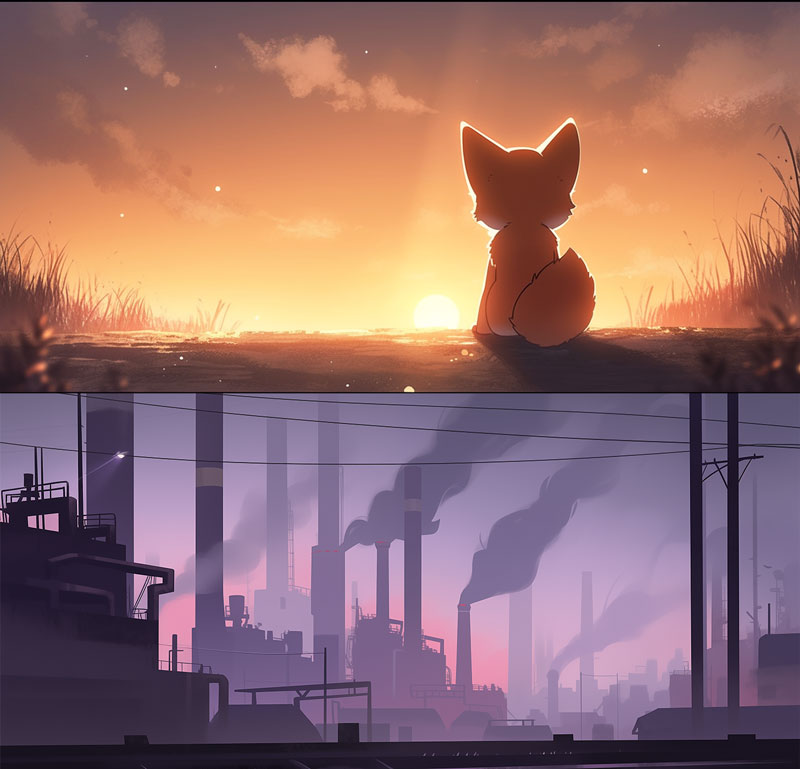
Work Title: “Lili’s Dream”
Author: Wang Yiwen
Supervisors: Gao Peng, Xu Tengfei
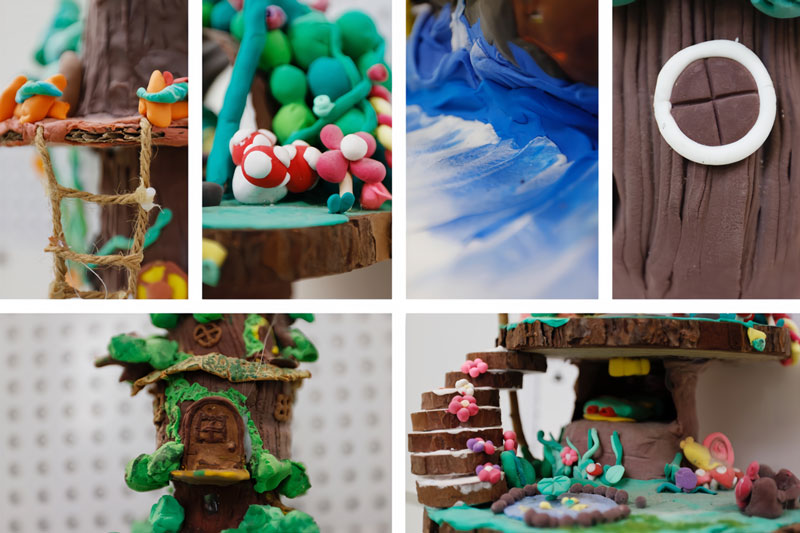
Work Title: "Artistic Beginnings of Innovation"
Author: You Jiayi
Supervisors: Xu Ping, Wang Xinyue
Graduates from the first part-time cohort of the School of Future Design, with diverse professional backgrounds, reflect cultural changes in various aspects during an era of technological transformation. They strive to find a balance and integration between culture and technology. At this moment, it marks the beginning of their new exploratory journey. Let us wish them well and look forward to their future!

